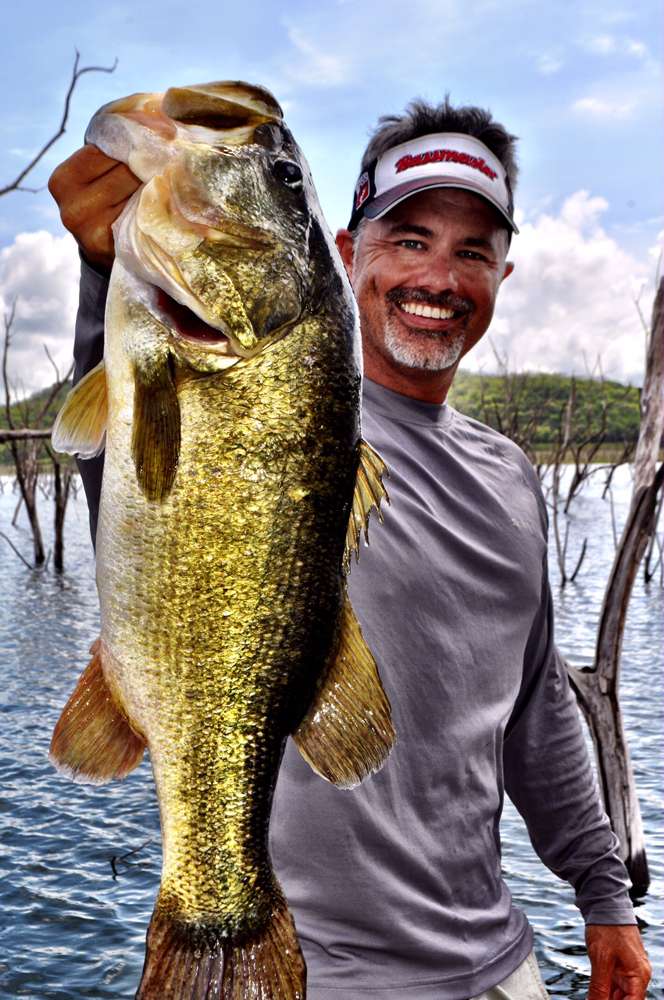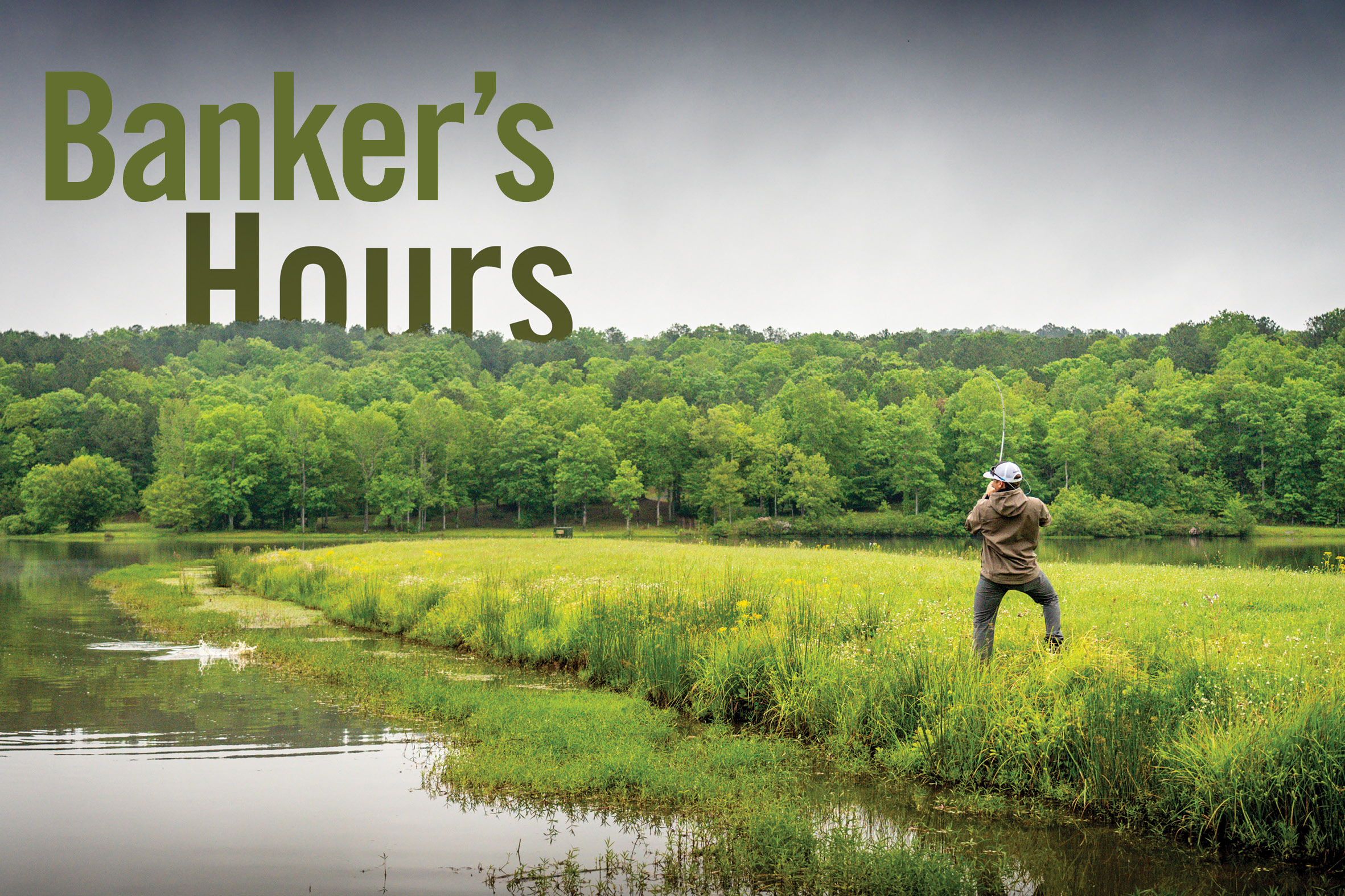
Whether you have a few minutes or all day to wet a line, walking the shoreline can be a very productive way to land a lunker if you know where and what to cast
Cameron Morey rattled open the rusty hinges of his stepfather’s tacklebox, sifting through decades’ worth of weathered tackle in search of the perfect bait. He shuffled through a pegboard of soft plastics and forgotten spinnerbait blades before landing on the one — a hot pink Strike King Bill Dance frog.
Then, Morey walked across the pecan-shaded lawn of his childhood home and grabbed a boat. Literally. At 15 years old, Morey could not drive and, besides, he didn’t own a trailer for the silver 12-foot Alumacraft anyway. Instead, he simply dragged its riveted bottom along a quarter-mile of asphalt before finally arriving on the banks of a neighborhood pond. I should know because I was there. While big brother dragged a boat down the street, little brother rode around the driveway on a tricycle.
Raised in a fishing family, my time on the end of the line would soon come.
After several months of repeated abuse and repairs, big brother’s little boat had enough, and Morey, already a devoted bass angler, was relegated to bank fishing.
Armed with a Heddon Torpedo and Sonic, a Rat-L-Trap, a Mann’s Augertail Worm and a Billy Phillips Double Whammy (a weedless combination of a spoon and a spinnerbait), Morey soaked his skate shoes in the damp grass surrounding almost every blackbird- and cow pie-lined pond within reach of his family’s mailbox. Without access to distant reservoirs or even a lake large enough to run an outboard motor in, he became adept at fishing the cattails, pad fields and cypress knees composing the bottomland water holes of west Tennessee.
“It started out with my stepdad taking us out to ponds,” he says. “We would throw Rat-L-Traps and yellow Sonics, learning where the fish were positioned by the angle of our casts. We didn’t need electronics to find them. We would start by casting out far and work our way in. And we learned to be super-quiet walking the banks.”
Before graduating from high school, Morey had a quiver of 5- and 6-pound bass under his belt, an unfathomable achievement to me at the time. A particularly gruesome mount that somehow survived a house fire haunted our family tackle shop for a time.
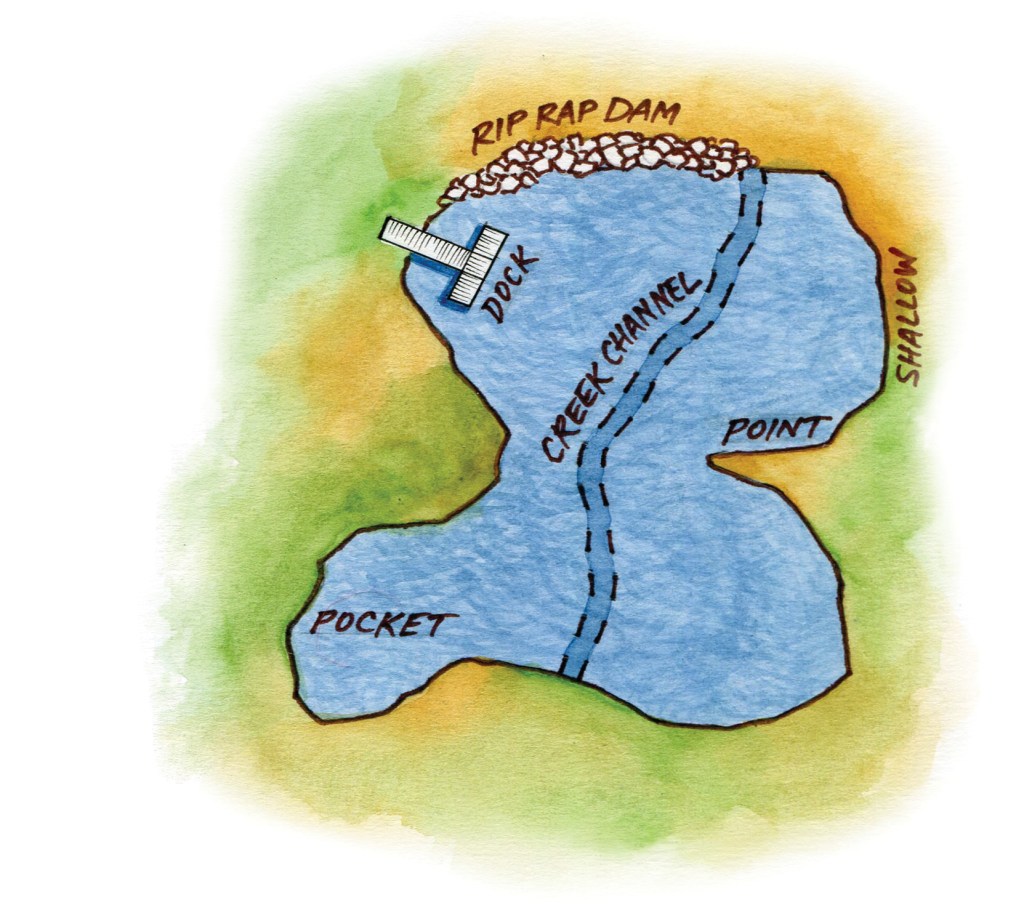
That fish — and many like it — came from after-school trips taken by four-wheeler or mountain bike to nameless ponds and sloughs nearby. Often, the teenage boy would be out until dark, savoring the sights and sounds of miniature natural wonderlands hidden behind cattle gates and willows. “It’s not always about catching the fish,” Morey says. “You walk the bank, especially in the springtime as things are starting to bloom, and you’re going to see frogs. You’re going to hear the birds chirping. You’re going to feel the dirt and grass under your feet.”
Today, the teenager that terrorized every drop of water within a 15-mile radius of Brownsville, Tenn., is a 45-year-old father of four. He’s a regular fixture on the Fishers of Men tournament trail, deploying a Bass Cat Caracal with Garmin LiveScope, a loaded rod box and the usual array of high-end fish-finding gadgets that accompany any serious tournament angler. His regional trail covers Bassmaster Elite Series venues like Kentucky Lake, Pickwick Lake and Lake Guntersville.
But when Morey is not competing for cash, you can still find him plodding down the bank like it’s 1991. “It’s nice to get back to your roots,” he says. “There’s no pressure. No electronics. It’s just you understanding which bank is the warmest this time of year and knowing that typically, if you’ve got a south wind blowing onto a north bank, those bigger females will move up onto it.”
It’s a story played out across America, one as old as cane poles and pickup trucks. Yet somehow, in the highlight-reel glitz and glamour of competitive bass fishing, those of us who caught our first fish from shore lose ourselves along the way. We become accustomed to high-definition charts and graphs. We yearn for the thrust of a 250-horsepower Mercury beneath a Hot Foot. We obsess over waypoints, ledges and flow figures that do add up to a lot of fun but can also disrupt the daily flow of our lives.
For Morey, bank fishing has remained a staple of his life because it fits into his time. Co-managing a house of four children while juggling a longtime position as a marketing manager means the Bass Cat stays covered more often than not. It’s a trip, really, to charge up, trailer up and head out to those larger bodies of water within a few hours drive. But the bank? It’s still there, just a few miles away … like it’s always been. Morey’s children have all caught their first fish from a muddy shore beside a cattail or a cottonwood. He imagines theirs will, too.
To date, big brother’s personal best, a 9-11, came out of a large pond just a few miles away from the beige, metal tackle shop he used to smuggle his stepfather’s baits from. “I thought I hooked a carp,” he says. “I was fishing with a buddy, and we didn’t have a net or anything, but thankfully we did have scales.”
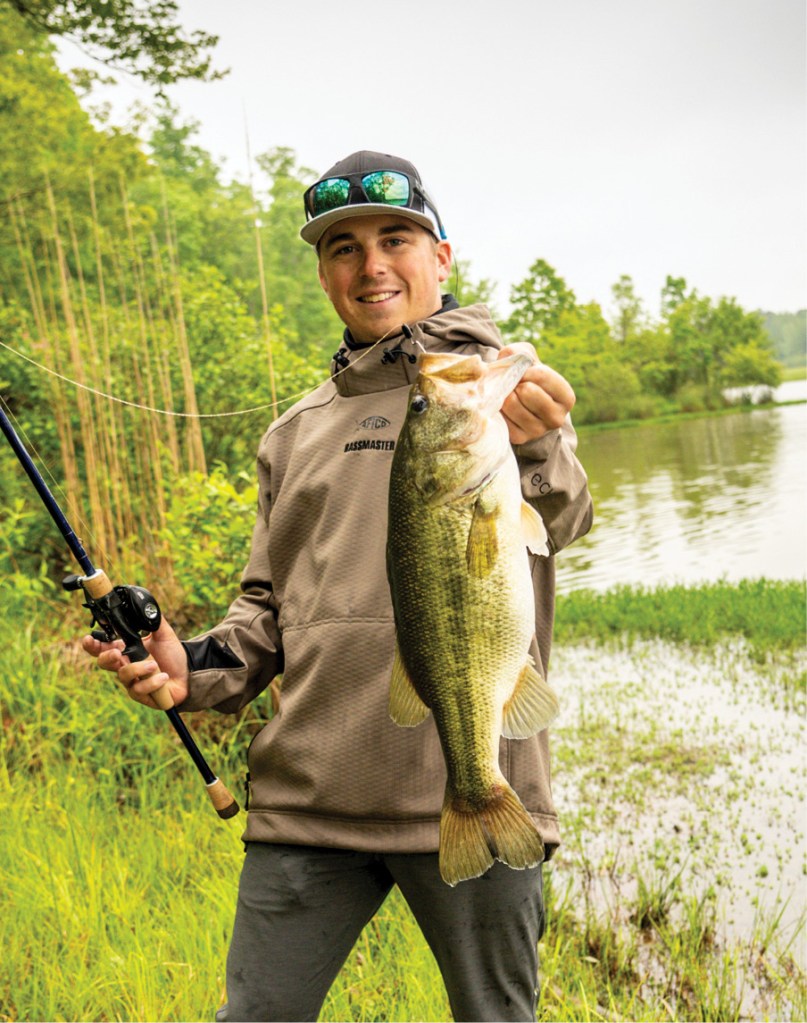
Twenty years after that catch, Morey landed three giant bass in less than 20 minutes at a pond near his new home. The largest of those weighed 7-5. That’s a fantastic day of fishing, whether your feet are standing on SeaDek or dirt — a reminder that you don’t always have to bend the budget to bring home big bass from the bank.
So what makes a great bank angler? These legends of the sport go unsung more often than not. There’s no official record book of the best bass anglers to fill bags from the bank. Instead, the answer is a little simpler than record books and weigh-in receipts.
A little bit of know-how, for sure; patience as well. But Morey says a great bank angler has a passion for the outdoors that fuels a fire to discover and explore. You need to fall in love with nature and seek out the nooks and crannies around your hometown. You need to find an afternoon spot to lay some tackle on the tailgate and soak in the fading, golden sun.
Mostly, you just need to care. “I don’t think you need to have a boat to consider yourself a bass fisherman,” Morey says. “All you need is a passion for getting out and enjoying the outdoors.”
Gearing Up For Going Out
When it comes to bank fishing, less is more. A small backpack stuffed with tackle trays and a bottle of water is indispensably handy. Instead of rigging an arsenal of rods, Morey suggests bringing just two: one for throwing fast-moving baits, like a ChatterBait or spinnerbait, and another for dragging a jig or a worm.
Footwear makes a difference here. To my dismay, skate shoes serve as a poor source of traction near water (trust me, I’ve tried). Depending on the terrain and the number of ticks in your area, a good pair of waterproof boots or grippy sandals like those made by Chaco do nicely.
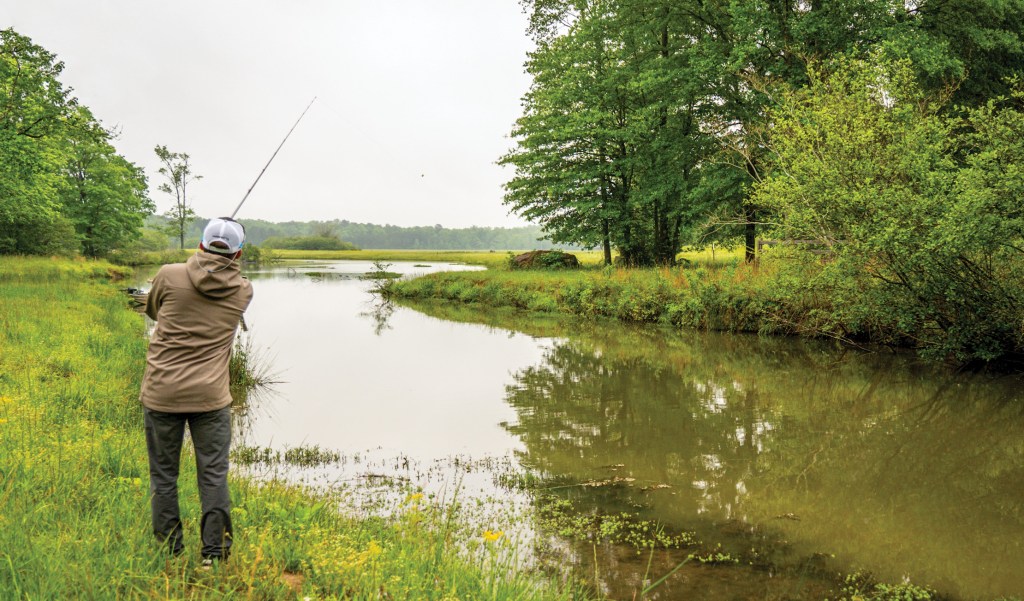
Finding a place to bank fish has never been easier. Thanks to smartphone apps like ANGLR, Fishbrain and FishTrack, anglers have more resources than ever for locating likely access points. However, it’s always a great idea to start by checking around with local farmers, golf courses and wildlife refuges to see if they welcome bass fishermen. For the technologically inclined, electronic bobbers like the Deeper START Smart Fish Finder and the Garmin STRIKER Cast offer castable sonar that integrates with accompanying smartphone apps.
Apparel-wise, wear clothing that matches the habitat around your pond of choice. Fishing in the Southeast? Dark colors like green and gray are a good bet. Casting a line in the desert Southwest? Consider earth tones like tan or brown.
Bring sunscreen — always. But UV-resistant shirts like the AFTCO Reaper and Samurai offer sun protection that did not exist in the early 1990s that helps to keep anglers safe from the sun and cooler in the heat.
A Timeless Bank-Fishing Arsenal
You don’t need to bring the entire tackle department to bear on most bank fisheries. Keep it simple and keep it packable to maximize your time spent casting and minimize your time spent rigging.
1) Heddon Magnum Torpedo
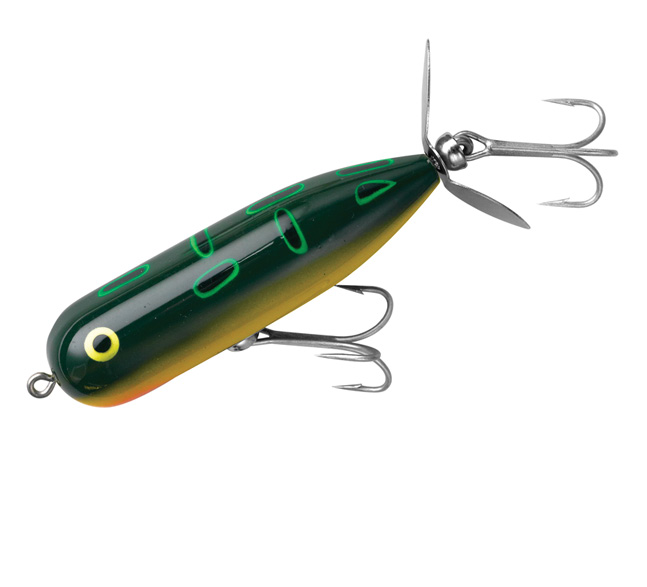
Casts a country mile. Debuted in 1969 and is still going strong.
2) Gary Yamamoto Senko
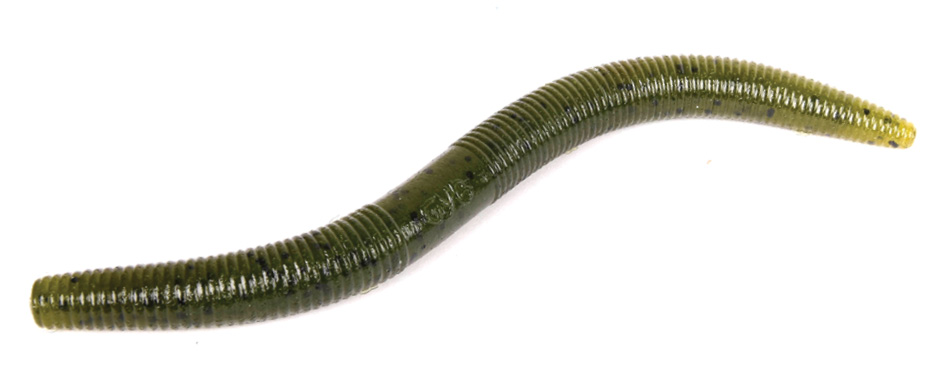
For bedding fish that just won’t chase.
3) Z-Man ChatterBait
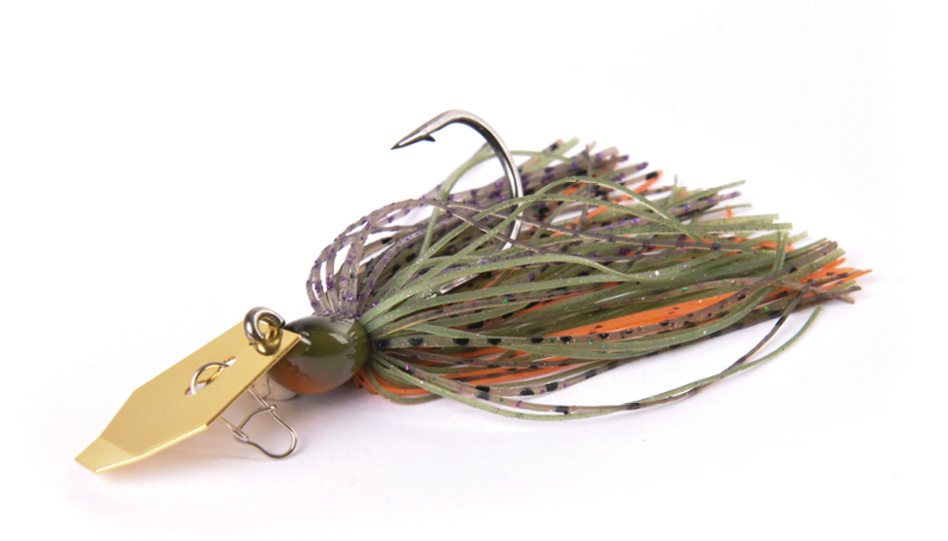
Reaction strikes in any water clarity.
4) Strike King Rage Toad
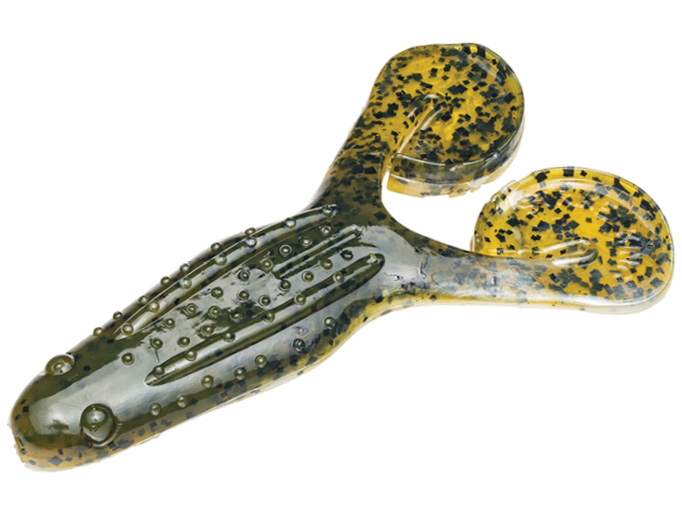
Weedless topwater action perfect for dissecting pads and duckweed.
5) Bill Lewis Rat-L-Trap
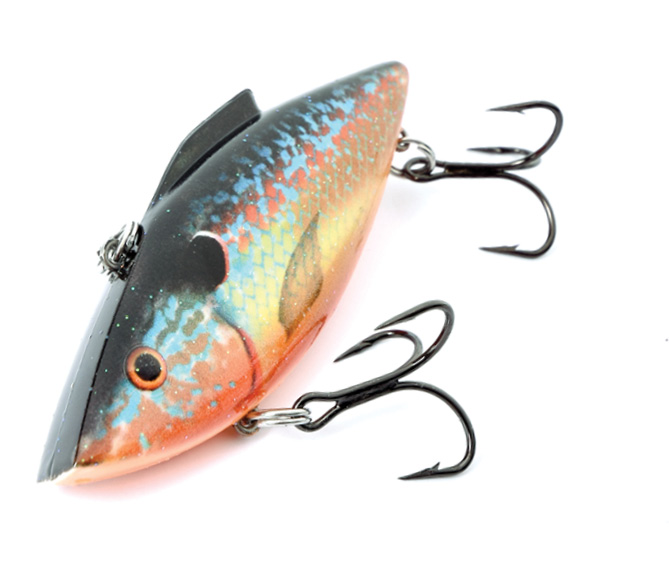
A deadly search bait in cattle ponds.
6) Mann’s Bait Company Augertail Worm
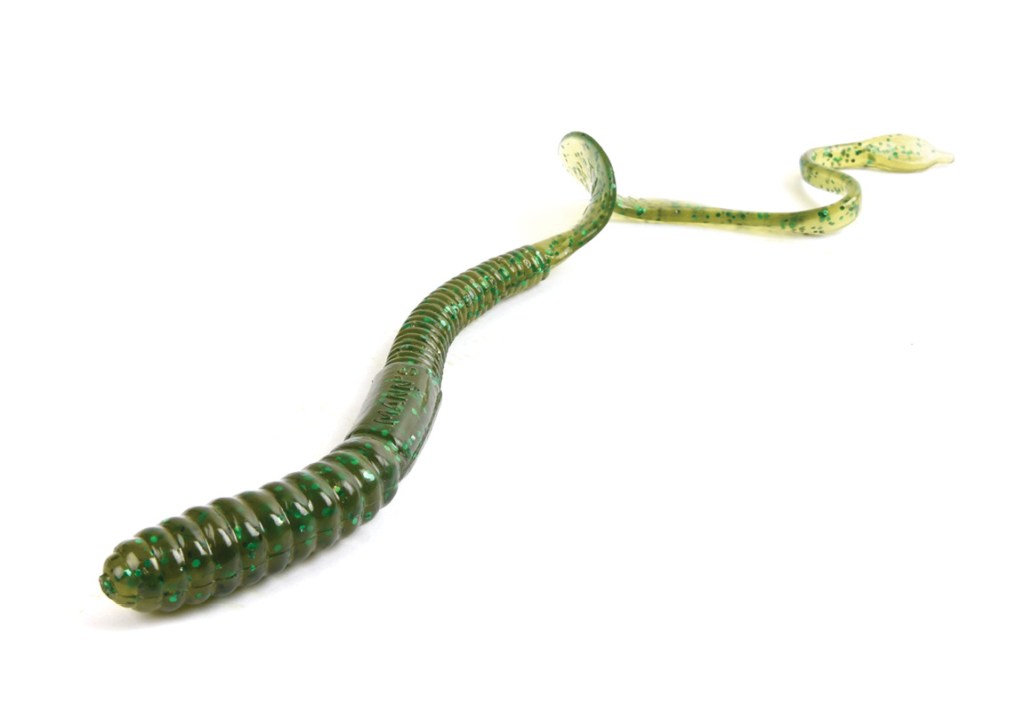
A big worm for big bass. Texas rig.
7) Yo-Zuri 3DB Squarebill
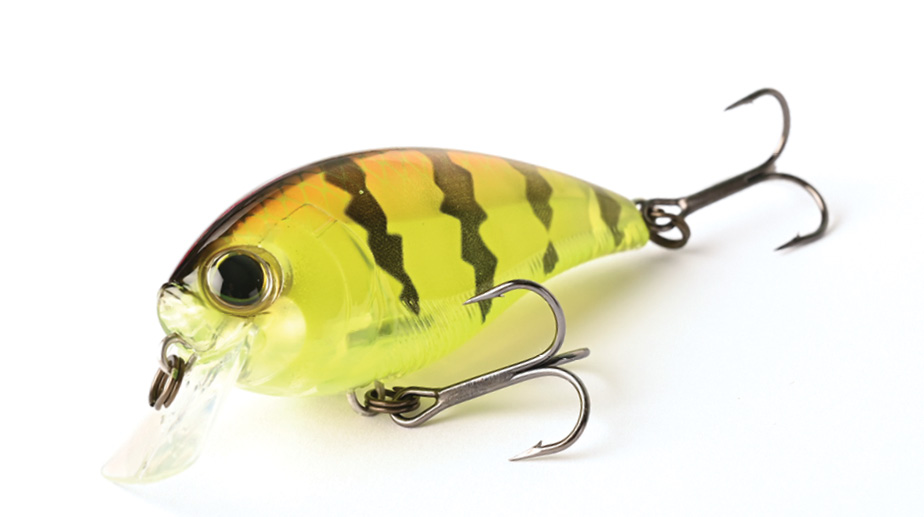
Excellent in shallow water with fallen timber.
8) Needlenose Pliers
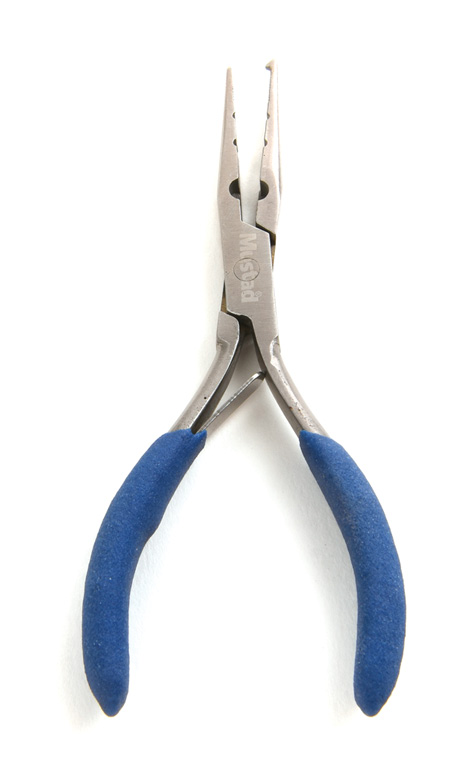
Forgetting these is a surefire way to catch a pickerel.
Originally appeared in Bassmaster Magazine 2023.


